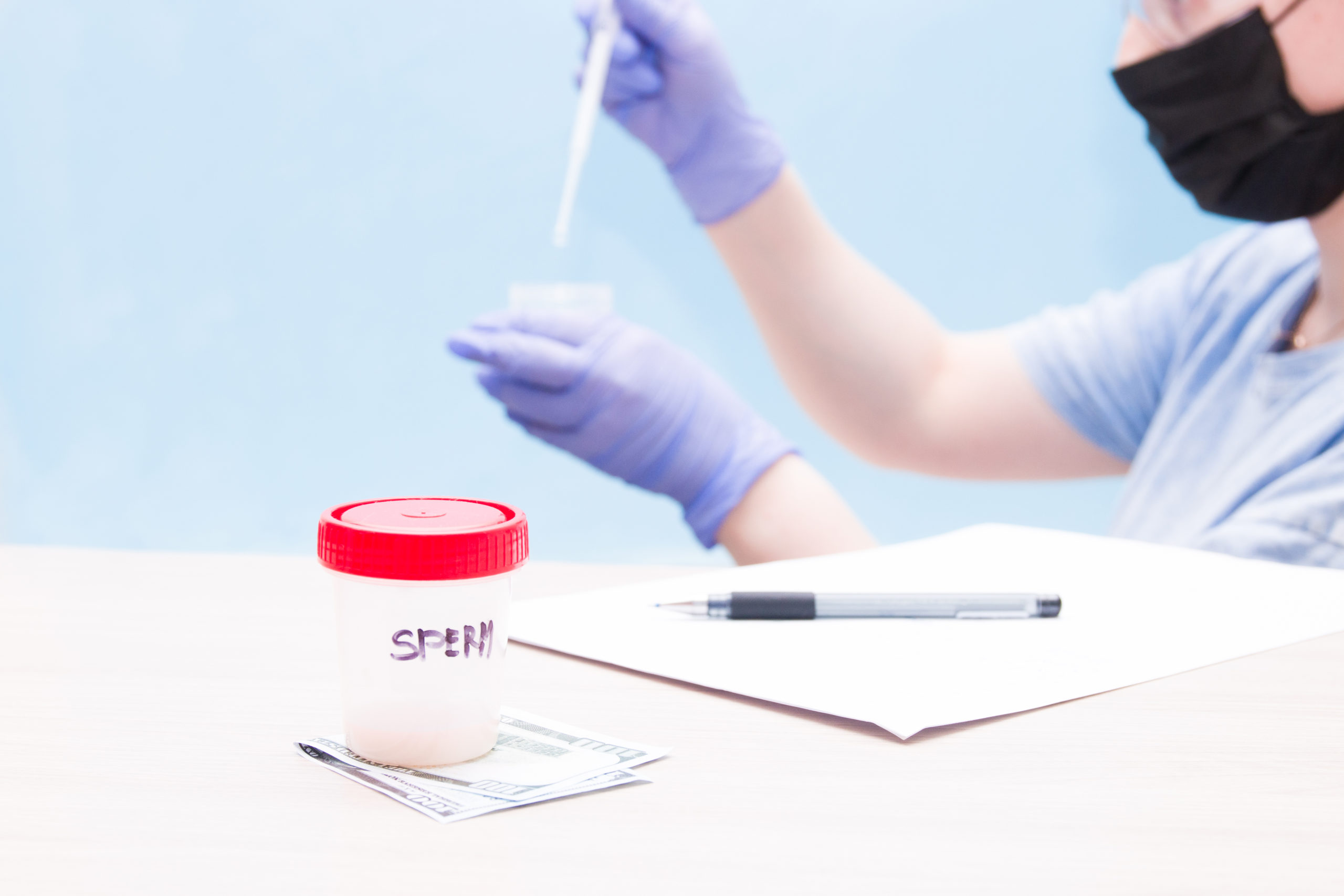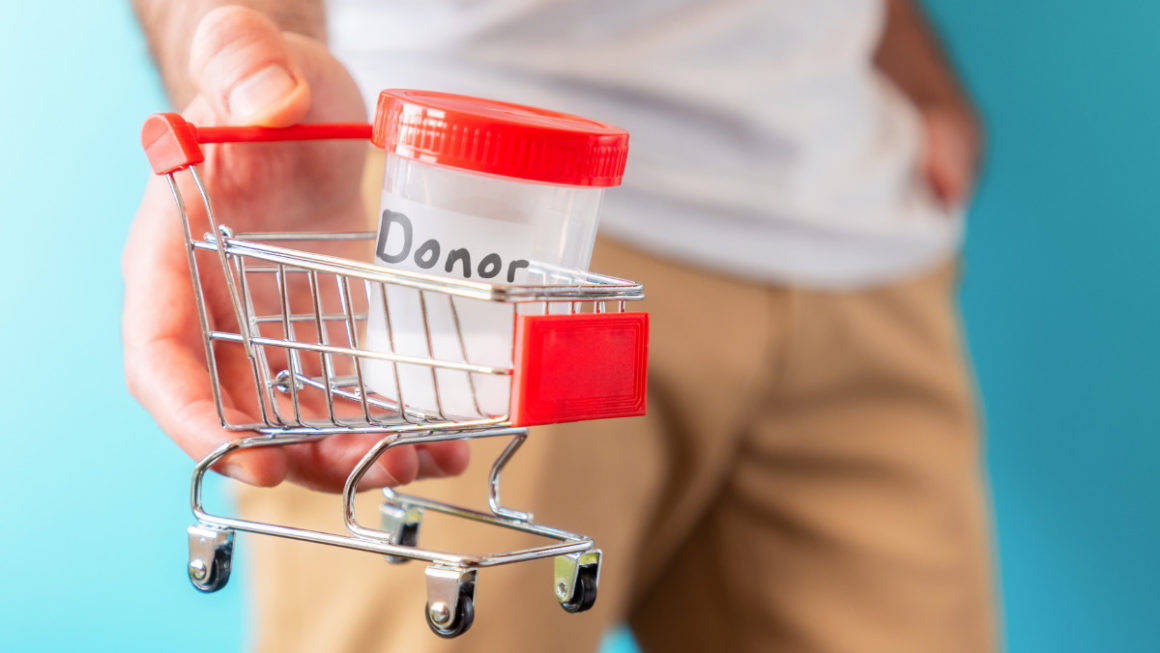Becoming a single mom via donor insemination is a process that involves several steps. While the process may vary depending on individual circumstances, here is a general step-by-step guide to becoming a single mom via donor insemination:
Step 1: Decision-making:
The first step is to carefully consider and make the decision to become a single mother by choice. This involves evaluating your personal circumstances, emotional readiness, financial stability, and support network.
Step 2: Research and Preparation
The first step in becoming a single mom via donor insemination is to research and educate yourself about the process. You can start by reading books or articles on the topic, or by consulting with a fertility specialist or reproductive endocrinologist. You will also need to consider the financial and emotional aspects of the process, as donor insemination can be a costly and emotionally challenging journey
Step 3: Choosing a fertility clinic
Find a reputable fertility clinic or reproductive center that specializes in donor insemination and has experience working with single women. Seek recommendations from healthcare providers, friends, or online communities, and consider factors such as success rates, costs, and location.
Step 4: Consultation and evaluation
Schedule an initial consultation with the fertility clinic. During this appointment, you’ll discuss your medical history, undergo a physical examination, and potentially undergo certain tests or screenings to evaluate your fertility and overall health.
Step 5: Selecting a sperm donor
Once you have decided to pursue donor insemination, the next step is to select a donor. You can do this through a sperm bank or a fertility clinic, which will typically have a database of available donors. When selecting a donor, you will need to consider factors such as their medical history, physical attributes, and personal characteristics. You may also choose to use a known donor, such as a friend or family member, but it’s important to consider the legal and emotional implications of this decision.
Here are more details on what to consider when selecting a donor sperm:
When selecting a donor sperm, it’s important to do thorough research and consider several factors before making a decision. Here are some of the key areas of research to focus on:
Sperm Bank or Clinic Reputation: It’s important to research the reputation and credentials of the sperm bank or clinic you are considering. Look for reviews and ratings from other women who have used their services, and make sure they are accredited and comply with industry standards and regulations.
Donor Medical History: Review the donor’s medical history carefully. Ensure that there are no genetic or inherited conditions that could be passed on to your child. You will want to know if the donor has any family history of serious illnesses such as heart disease or cancer.
Donor Physical Characteristics: Look for a donor who matches your preferences for physical characteristics such as height, weight, eye color, and hair color. Make sure to review the donor’s photos and physical descriptions provided by the sperm bank or clinic.
Donor Education and Profession: Some women may prefer a donor who has a certain level of education or profession. Some sperm banks offer donors who have completed higher education or have successful careers.
Donor Personality: Some women may wish to choose a donor who shares similar values, hobbies, or interests. Look for sperm banks that offer in-depth personality profiles of their donors.
Donor Anonymity: Decide whether you want your donor to be anonymous or known. Some sperm banks offer anonymous donors who do not share any identifying information, while others offer the option for open or semi-open donation where donors may agree to share limited information.
By researching these factors and seeking guidance from a reproductive endocrinologist or fertility specialist, you can make an informed decision when selecting a donor sperm.
Step 6: Medical and Legal Screening
Before proceeding with donor insemination, both you and your chosen donor will need to undergo medical and legal screening. This typically involves a series of tests to ensure that both you and the donor are healthy and free of any genetic or infectious diseases that could be passed on to the child. You will also need to consult with a lawyer to ensure that all legal aspects of the process are properly addressed.
Step 7: Fertility treatment
Once you have chosen a sperm donor and completed the necessary evaluations, you’ll begin the process of fertility treatment. This usually involves undergoing ovarian stimulation to promote the development of multiple eggs. The clinic will monitor your progress through regular ultrasounds and blood tests.
Step 8: Donor Insemination
When the eggs are mature, the clinic will schedule the insemination procedure. This typically involves several rounds of intrauterine insemination (IUI), which involves the insertion of the donor sperm into your uterus during ovulation. Alternatively, you may choose to undergo in vitro fertilization (IVF), which involves the retrieval of eggs from your ovaries and fertilization with the donor sperm in a laboratory. The resulting embryo is then implanted into your uterus.
Step 9: Post-insemination care
After the insemination, you may be advised to rest for a short period and then resume your normal activities. The fertility clinic will provide instructions on any additional medications or precautions to take during the post-insemination period.
Step 10: Pregnancy testing and follow-up
Around two weeks after the insemination, you’ll undergo a pregnancy test to determine if the procedure was successful. If you achieve pregnancy, you’ll receive appropriate prenatal care. If not, you may discuss further options and potential next steps with your healthcare provider.
In conclusion, becoming a single mom via donor insemination is a complex and emotional process that requires careful consideration and planning. By following these steps and seeking support from healthcare professionals and a community of other single moms, you can successfully navigate the journey and build a loving and supportive family.




